Peru history is a captivating journey that spans millennia, from the ancient civilizations that flourished in the Andean region to the complex socio-political landscape of the modern era. With a rich tapestry of cultures, Peru has been home to some of the most advanced pre-Columbian societies, witnessed the impact of Spanish colonization, and experienced the challenges and triumphs of nation-building. In this comprehensive exploration, we will delve into key periods and milestones, unraveling the layers of Peru’s history.
Pre-Columbian Peru:
The history of Peru begins with its indigenous cultures, some of which developed advanced civilizations long before the arrival of Europeans. The Norte Chico civilization, dating back to around 3200 BCE, is considered one of the oldest in the Americas. Caral-Supe, a city within the Norte Chico region, features impressive architecture, including a complex of pyramids and plazas.
Subsequent pre-Columbian cultures, such as the Moche and Nazca, left their mark on Peru’s landscape. The Moche, known for their exquisite pottery and elaborate adobe structures, thrived on the northern coast from around 100 CE to 800 CE. The Nazca, famous for the Nazca Lines – vast geoglyphs etched into the desert floor – inhabited the southern coast during a similar period.
The Chavín civilization, centered around the Chavín de Huántar complex in the Andes, emerged as a cultural and religious center around 1200 BCE. Chavín’s influence extended over a wide area, and its art and religious symbols had a lasting impact on Andean cultures.
The Inca Empire (1438 – 1533):
The zenith of pre-Columbian civilization in Peru was reached with the Inca Empire, the largest empire in pre-Columbian America. The Inca, originating in the highlands of Cusco, rose to prominence under rulers like Pachacuti and Huayna Capac. By the early 16th century, the Inca Empire stretched from present-day Colombia to Chile and Argentina.
The Inca were accomplished engineers, building an extensive network of roads and impressive stone structures, including the renowned city of Machu Picchu. Their agricultural innovations, such as terraced farming and sophisticated irrigation systems, allowed for successful cultivation in the challenging Andean terrain.
However, the Inca Empire met a tragic end with the arrival of Spanish conquistadors led by Francisco Pizarro. In 1532, Pizarro captured the Inca ruler Atahualpa in the Battle of Cajamarca, leading to the fall of the Inca Empire. The Spanish looted vast amounts of gold and silver from the region, forever altering the course of Peru’s history.
Spanish Colonial Period (1533 – 1821):
With the fall of the Inca Empire, Peru became a part of the Spanish Viceroyalty of Peru, a vast administrative unit that included present-day Peru, Bolivia, Ecuador, and parts of Colombia, Chile, and Argentina. Lima, founded by Pizarro in 1535, became the capital of the viceroyalty.
Spanish colonization brought profound changes to the region. Indigenous populations were subjected to forced labor, cultural assimilation, and the introduction of European diseases. The encomienda system, which granted Spanish settlers control over indigenous communities, further exploited the native labor force.
The colonial era saw the establishment of a rigid social hierarchy, with Spaniards at the top, followed by mestizos (people of mixed indigenous and European descent), indigenous people, and Africans who were brought as slaves. The Catholic Church played a central role in the colonization process, influencing both religious and secular aspects of life.
Despite the challenges, indigenous cultures persevered, contributing to a syncretic blend of indigenous and Spanish traditions. This cultural fusion is evident in Peru’s art, music, literature, and religious practices.
Struggle for Independence (1809 – 1824):
By the early 19th century, waves of independence movements were sweeping through Latin America, influenced by Enlightenment ideals and inspired by the successes of the American and French revolutions. Peru was no exception, and the quest for independence gained momentum.
In 1809, indigenous leader José Gabriel Condorcanqui, also known as Túpac Amaru II, led a rebellion against Spanish rule in the highlands of Peru. Although the rebellion was ultimately suppressed, it laid the groundwork for future independence movements.
The decisive phase of Peru’s struggle for independence came with the campaigns led by Argentine general José de San Martín. In 1820, San Martín, along with his army, landed on the southern coast of Peru. The Battle of Ayacucho in 1824, led by Simón Bolívar and Antonio José de Sucre, sealed the fate of Spanish rule in Peru, securing its independence.
The Republic of Peru (1824 – 1842):
With the end of Spanish rule, Peru embarked on the path of nation-building. The early years of the republic were marked by political instability, with struggles for power and debates over the form of government. Simón Bolívar, who played a key role in liberating several South American nations, including Peru, envisioned a unified continent. However, regional tensions and conflicting ideologies led to divisions.
Bolívar became disillusioned with the challenges of governing Peru and resigned from the presidency in 1826. The nation faced internal conflicts, including battles between centralists and federalists. The Peruvian constitution underwent several revisions during this period as the country sought a stable political structure.
The Guano Era (1842 – 1868):
One of the defining periods in 19th-century Peru was the Guano Era, named after the guano-rich islands off the coast of Peru. Guano, or seabird droppings, was a valuable fertilizer, and Peru’s deposits were among the world’s largest.
During this period, Peru experienced economic growth driven by guano exports. The revenue generated from guano sales financed infrastructure projects, education, and industrial development. However, the boom was accompanied by economic inequality, political corruption, and a reliance on a single export commodity.
The Guano Era came to an end with the depletion of guano deposits and the economic challenges that followed. The reliance on a single export led to economic vulnerability, and Peru faced difficulties adjusting to changing global markets.
War of the Pacific (1879 – 1884):
The late 19th century brought one of the most significant conflicts in Peru’s history – the War of the Pacific. The war erupted over territorial disputes involving valuable nitrate and guano deposits in the Atacama Desert. Peru, along with Bolivia, faced the allied forces of Chile.
The conflict resulted in a devastating defeat for Peru and Bolivia. Chile annexed significant territories, including the port city of Antofagasta. The war had profound consequences for Peru, leading to economic hardships, territorial losses, and a lasting sense of national trauma.
Early 20th Century and Political Challenges:
The early 20th century was characterized by political instability, economic challenges, and social unrest in Peru. The nation experienced a series of military coups, changes in government, and struggles between oligarchic factions. The economic dependence on a few export commodities, such as sugar and cotton, left Peru vulnerable to global market fluctuations.
The 1930s saw the rise of military leader Óscar R. Benavides, who sought to modernize the country and stabilize the economy. However, his regime faced criticism for political repression and electoral fraud.
Velasco’s Revolutionary Government (1968 – 1975):
In 1968, General Juan Velasco Alvarado led a military coup that ousted President Fernando Belaúnde Terry. Velasco implemented a series of social and economic reforms under the banner of the “Revolutionary Government of the Armed Forces.” The reforms included land redistribution, nationalization of industries, and increased state control over the economy.
While Velasco’s government aimed to address social inequalities and assert national sovereignty, it also faced criticism for human rights abuses and authoritarianism. Velasco’s regime was followed by a period of political instability and economic challenges.
Return to Democracy and Internal Conflict (1980s – 1990s):
The 1980s marked a return to democratic rule in Peru, but the period was marred by internal conflict. The Shining Path (Sendero Luminoso), a Maoist guerrilla group, launched a violent insurgency against the Peruvian government. The conflict resulted in widespread human rights abuses, including massacres and forced disappearances.
At the same time, a government-backed paramilitary group known as the Tupac Amaru Revolutionary Movement (MRTA) also engaged in violent activities. The internal conflict, which lasted into the 1990s, left a lasting impact on Peruvian society, with thousands of lives lost and communities disrupted.
Economic Reforms and Fujimori Era (1990 – 2000):
In 1990, Alberto Fujimori, a relatively unknown candidate, won the presidency. Fujimori’s presidency was marked by a series of economic reforms known as “Fujishock,” which included privatization, trade liberalization, and austerity measures. While these reforms initially stabilized the economy, they also led to social unrest and criticism for their impact on vulnerable populations.
Fujimori’s government was also known for its authoritarian tendencies, with the president consolidating power and suppressing opposition. In 2000, a corruption scandal and allegations of human rights abuses led to Fujimori’s resignation while he was visiting Japan.
21st Century and Ongoing Challenges:
The 21st century brought a mix of economic growth, political challenges, and efforts to address historical injustices. Peru experienced periods of economic expansion, driven in part by mining and export industries. However, the country also faced issues such as corruption, environmental concerns related to mining, and social inequality.
In recent years, indigenous communities in Peru have played a prominent role in advocating for environmental conservation and protection of their lands. Conflicts over resource extraction, particularly in the Amazon rainforest, highlight the complex balance between economic development and environmental sustainability.
Political changes in the 21st century have reflected a dynamic landscape, with various administrations addressing issues such as corruption, social inequality, and political reforms. The presidency of Pedro Pablo Kuczynski and the subsequent administrations of Martin Vizcarra and Pedro Castillo have each faced distinct challenges and opportunities.
Conclusion:
Peru’s history is a multifaceted narrative that unfolds across the centuries, encompassing the achievements of ancient civilizations, the challenges of Spanish colonization, the quest for independence, and the complexities of nation-building. From the heights of the Inca Empire to the lows of the War of the Pacific and the internal conflicts of the 20th century, Peru’s journey reflects resilience, cultural richness, and the ongoing pursuit of social justice.
The syncretic nature of Peruvian identity, blending indigenous traditions with Spanish influences, is evident in its art, music, literature, and vibrant cultural expressions. The struggles for independence, the impact of external conflicts, and the internal challenges of political instability and social inequality have all left indelible marks on Peru’s history.
As Peru navigates the 21st century, it faces contemporary challenges related to economic development, environmental sustainability, and social justice. The voices of indigenous communities, the efforts to address historical injustices, and the ongoing pursuit of inclusive governance underscore the complexities of Peru’s present and the aspirations for its future.
Peru’s rich cultural heritage, diverse landscapes, and historical legacy continue to shape its identity and influence its path forward. The nation’s ability to draw strength from its past, confront present challenges, and forge a collective vision for the future reflects the enduring spirit of a people with a history as diverse and dynamic as the land they call home.


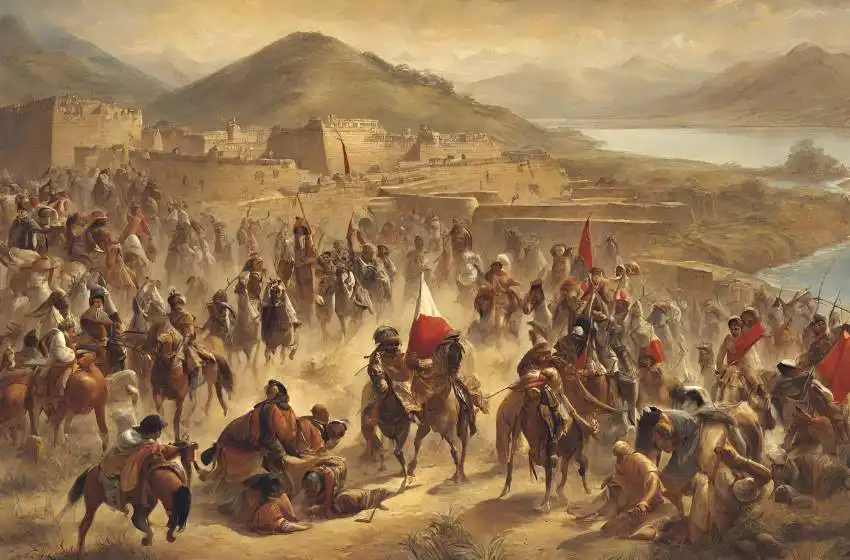
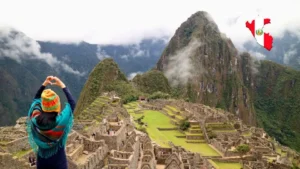
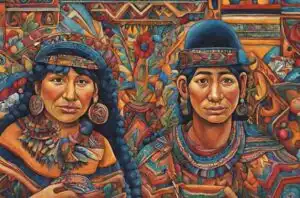
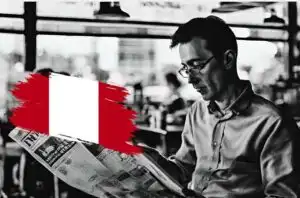
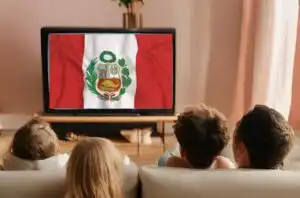
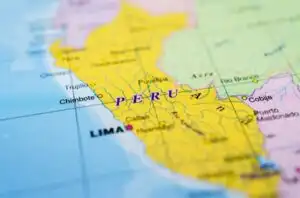
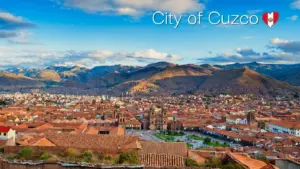
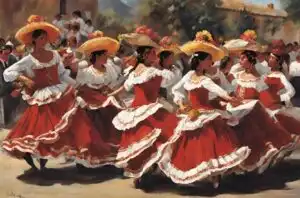
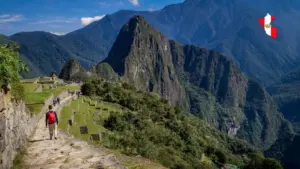
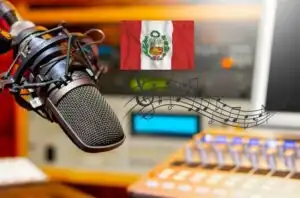
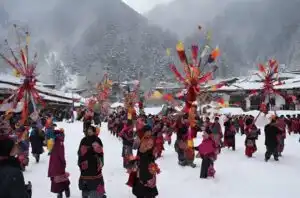
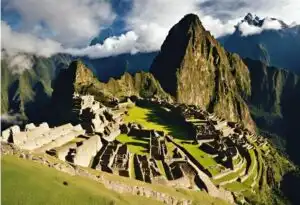
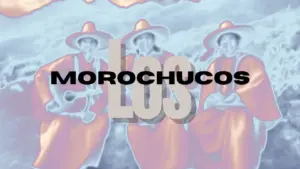
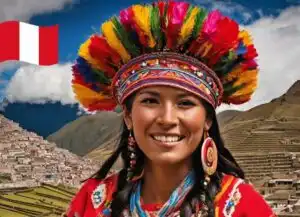
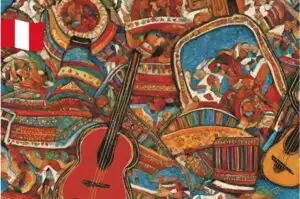

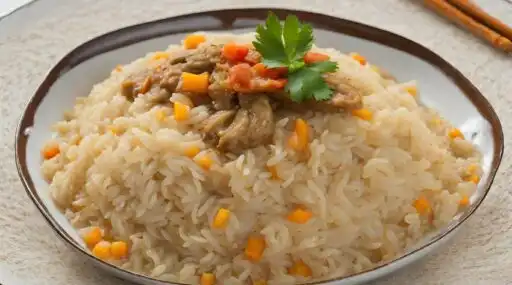
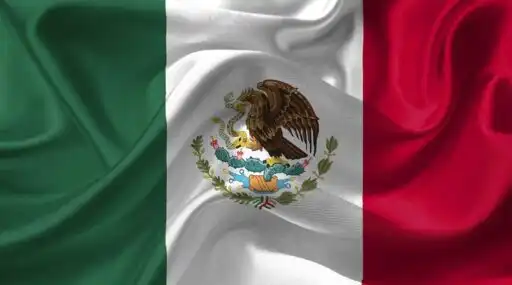
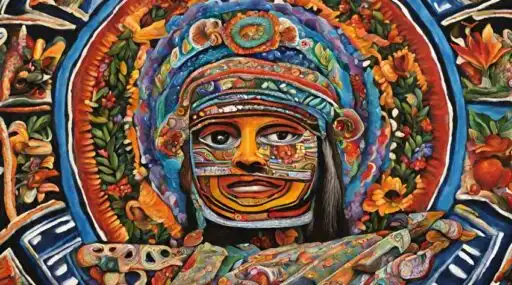
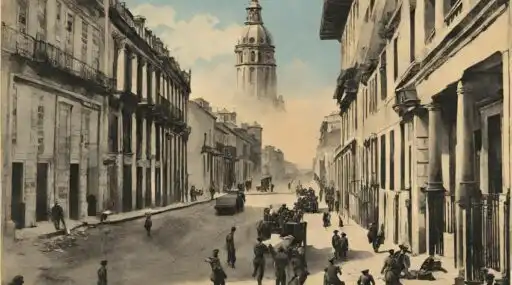
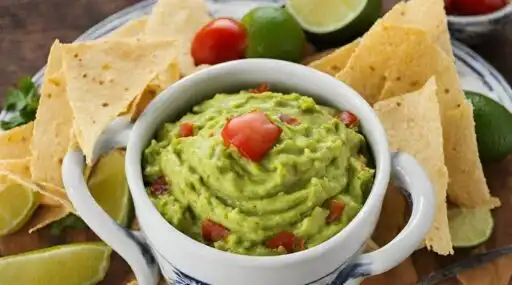
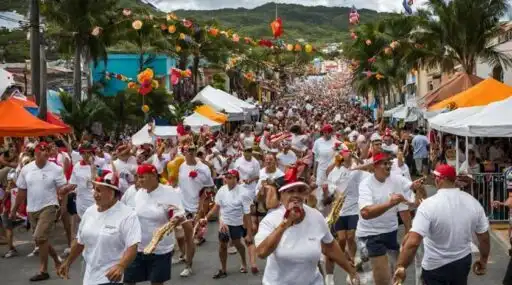
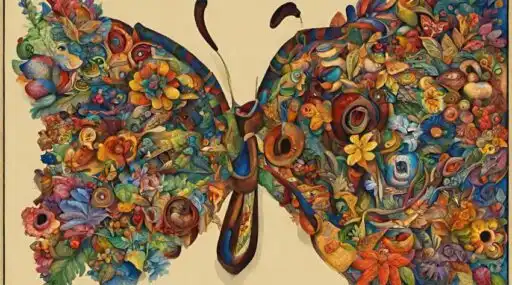

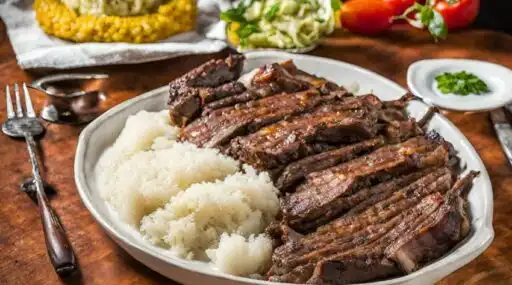
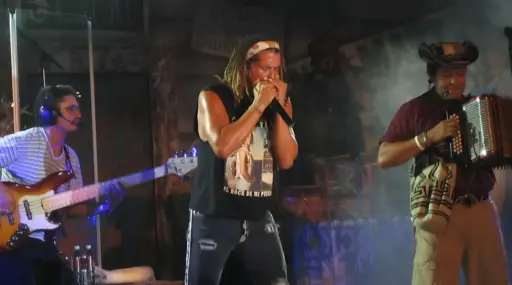
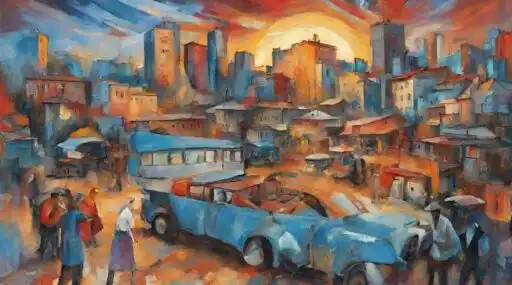
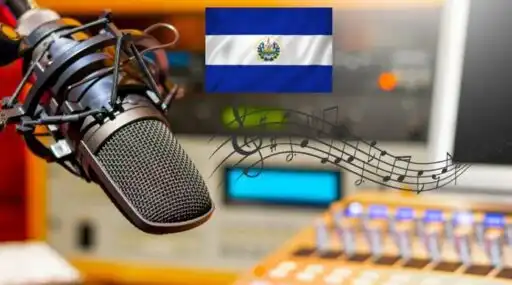
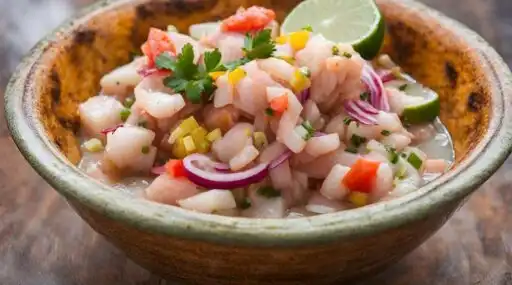

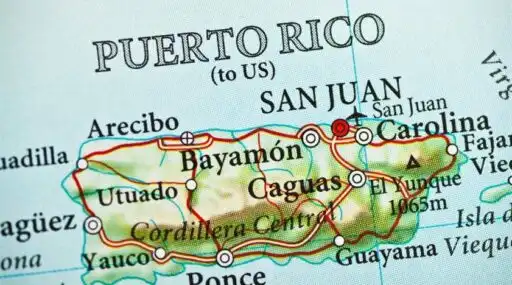
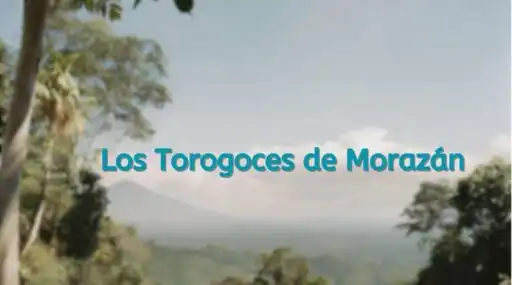

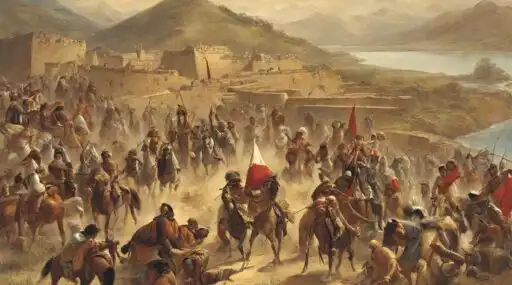
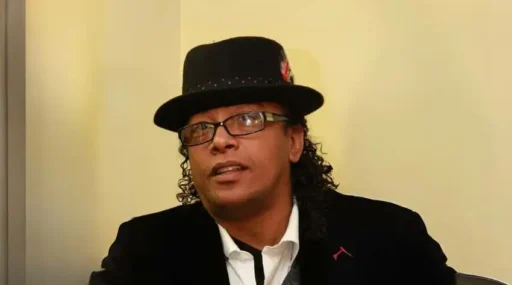
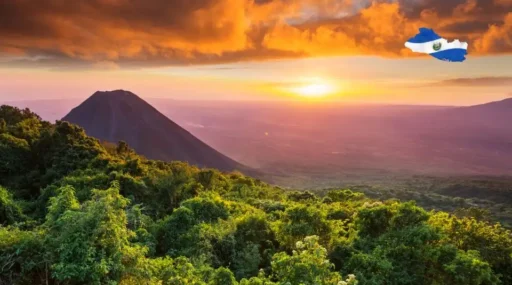
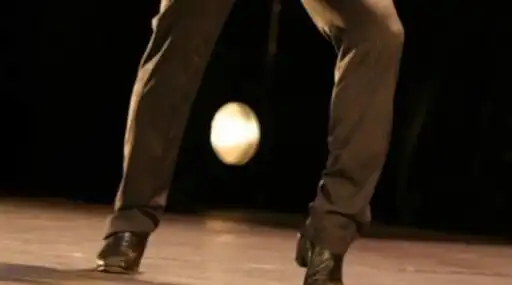
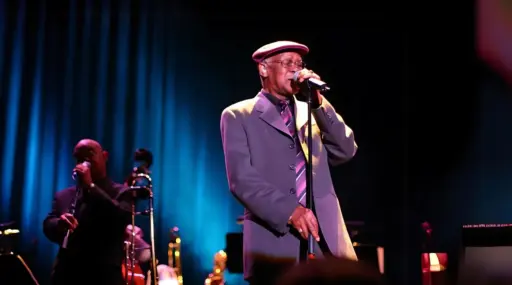
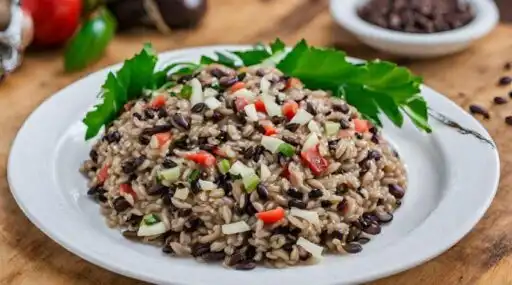

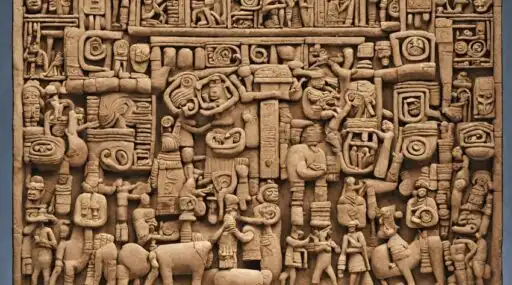
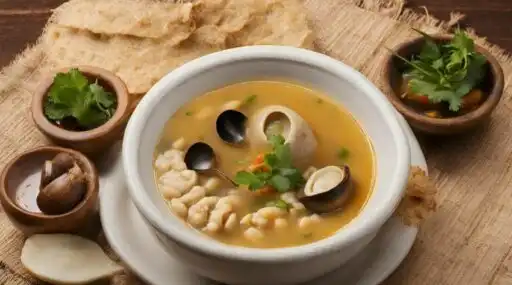

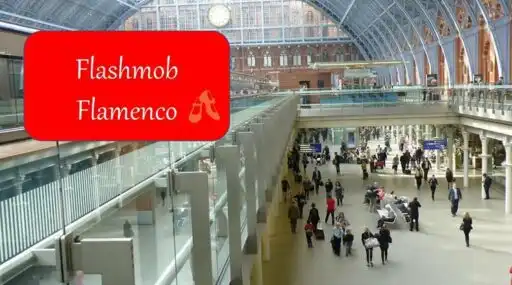
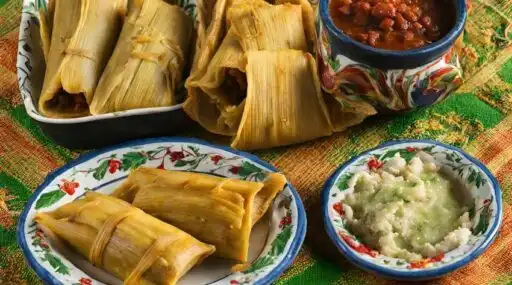
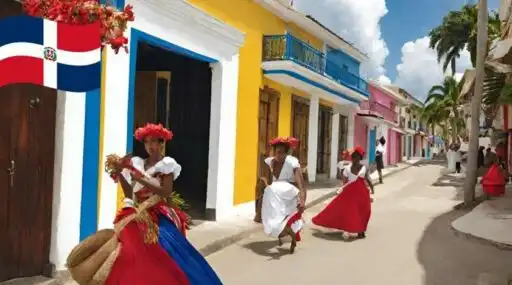
Leave a Reply